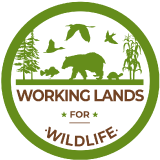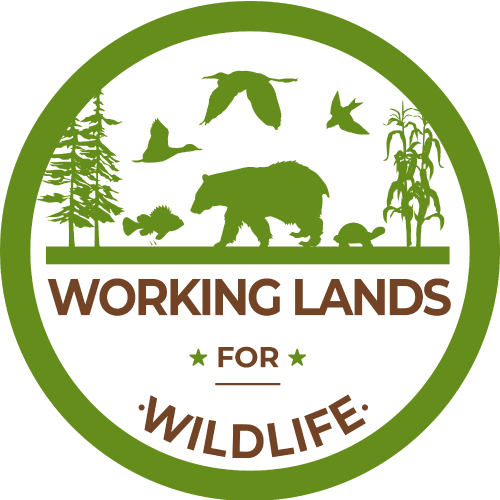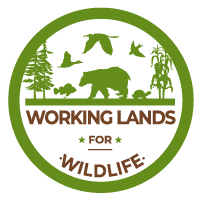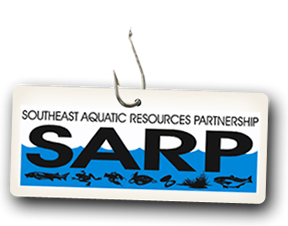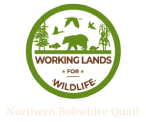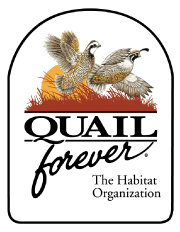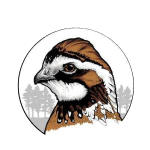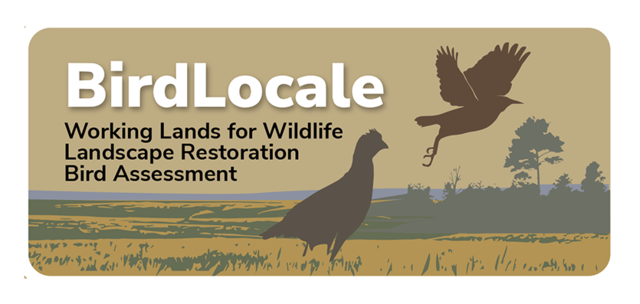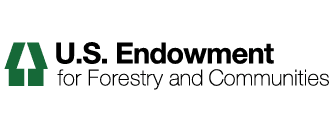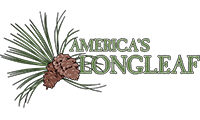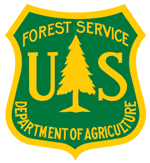About the Landscape Partnership
The Landscape Partnership portal is an interactive platform where landowners and professionals from any agency, organization or industry can share technical information, host GIS mapping products and a variety of decision-support tools, view and download online learning materials, find out about partnership activities and newly funded projects, and identify technical experts who are available to provide assistance.
The portal is unique on four fronts: 1) it is open and available to everyone who is interested regardless of hardware or software limitations, 2) it allows landowners and professionals to interact with one another and with posted materials in either public or private space (the latter is password controlled for sensitive information), 3) it can be linked to any traditional website that a partner wants to include to magnify their message and availability, 4) For Information on Event Planning, free services, and/or request your own private workspace for event planning. See the guide below for more information.
Large-scale landscape conservation must be highly integrated and coordinated to be effective, and the Landscape Partnership portal has been designed to provide integrated capabilities not found elsewhere to serve partnership communities and assist them in achieving their goals by identifying shared areas of interest, developing the tools and products necessary for action, and helping coordinate conservation delivery.
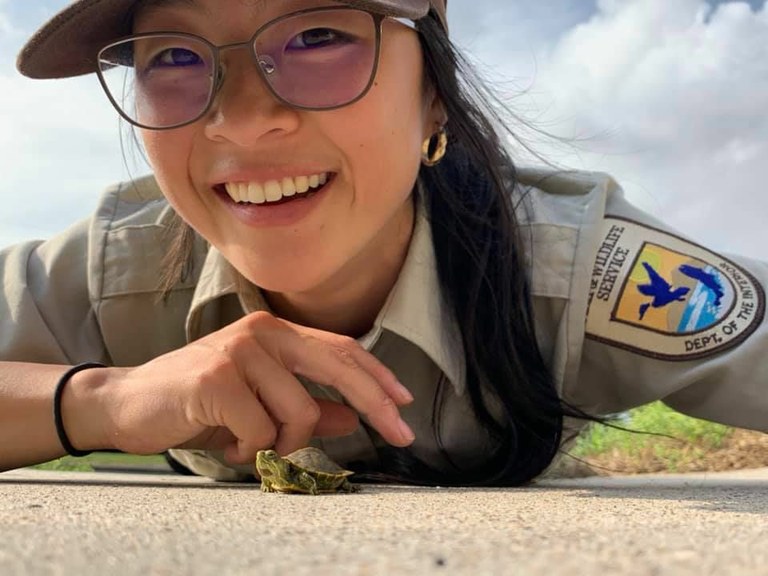
Baby turtle season is on in the Southern US, drive slowly! Most turtles dig nests, lay eggs, and then cover them back up to let them incubate on their own. When babies hatch, they instinctively look for the nearest body of water. Sometimes, that means they have to cross roads. As spring progresses, turtle hatchings will occur further and further north, so no matter where you live, it's important to keep an eye out for wildlife. Photo: David Ortega.
About Our Collaborative and ongoing action for working lands and conservation landscapes
Digital Security is a priority for this site. The site will comply with all relevant internet regulations such as the Privacy and Electronic Communications (EC Directive) Regulations.
